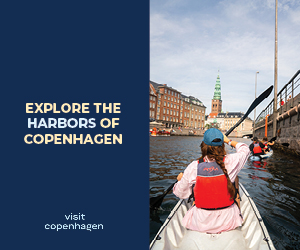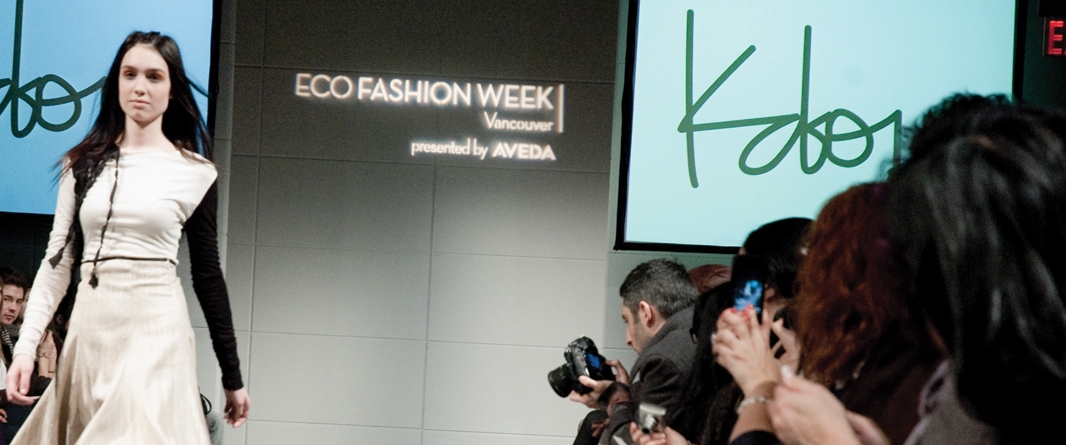Money was short but you wouldn’t have thought so from the way we all looked. My mum and nan always looked wonderfully cool in their printed summer dresses, all made on the sewing machine in the back room that seemed to whirr away non-stop. They were the same summer dresses that Gerardine and I sold on Camden Market back in 1981, and that got our business going. Nan would sit knitting jumpers and mitts for me from patterns passed down from her mum.
I continued this thrifty upbringing into adulthood. There is always a use for old plastic bags (what’s the point of bin liners). Bags of compost may be cheap but home-made compost saves the odd fiver and as my mum always says, ‘If you watch the pennies the pounds will always look after themselves’.
The old sit-up-and-beg fifties rustbucket of a bike that I first bought when I moved to London in 1979 is still my preferred mode of city transport (who needs gears in a flat(tish) city, and who’s going to nick a bike that chavs laugh at?).
Has there been a better men’s shirt produced than those three pocket, open-neck sports shirts sold by M&S, C&A, BHS and the like? I clearly don’t think so: I’ve collected more than fifty over the years in various shades.
And how can you walk out of a room and leave the light on? My kids know that you can but it costs them a 50 pence fine every time they do.
I didn’t buy my Toyota Prius three years ago because some Californian celebs had one; it was because of the emissions issue but also because I can get over 70 miles to the gallon.
My early introduction to thrift and my lifelong adherence to thrifty principles happily make me sustainable. Once I was considered ‘tight-arsed’: now the media come to me to discuss environmental issues.
I often get asked by the media for my favourite design classics, and my answers are often taken as ironic but they are far from it. With my background, is it likely that I would put a £1,000 chair or a daft sputnik-like lemon squeezer at the top of my list?
What I do appreciate are durable designs that do a job and save money. My favourite household object must be the rotary airer. No matter how small the space outside your home, there is room for this fold-up baby. The four-arm version gives you enough feet of line to let the breeze go to work on four large bath towels, two face cloths, a headscarf, two knitted jerkins, a twinset, three pairs of slacks, a dozen pairs of underpants or knickers (or combination of the two), ten pairs of socks, six brassieres, a pair of longjohns, various tea towels depicting holiday destinations or the British royal family, a set of king-size bedsheets and a selection of babygrows.
Looking around my house, it is full of products that have stood the test of time yet are unheralded. Simple tin-openers, folding deckchairs, garden tools passed down from Pop, spanner sets bought at car boot sales… the list goes on. Durability was one of the highest qualities which traditional manufacturing used to pride itself in, but it has been forsaken in favour of fashionable gimmicks and fast turnaround. We are entering an exciting new era, I hope, where we are prepared to demand that durability be put back on the agenda as an essential ingredient for sustainability.
In my main line of work, mass housing, the industry is under pressure and desperately trying to be more sustainable in terms of energy use and emissions. But what could be more sustainable than building houses like the Victorians, Georgians and Edwardians did, who have all bequeathed us homes that the public cherish, are highly adaptable and are still more popular than most new housing.
Surely the most sustainable thing that society can do is produce goods like Victorian housing that goes on and on and on and on and…








